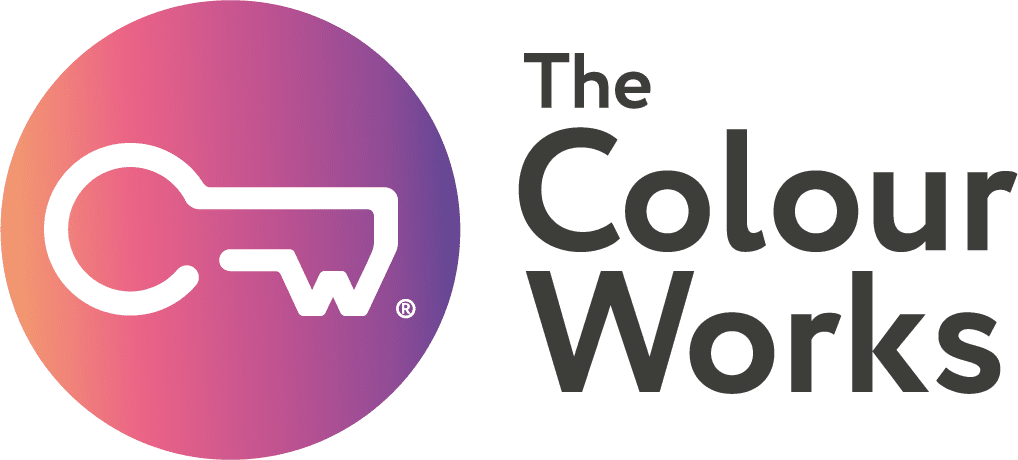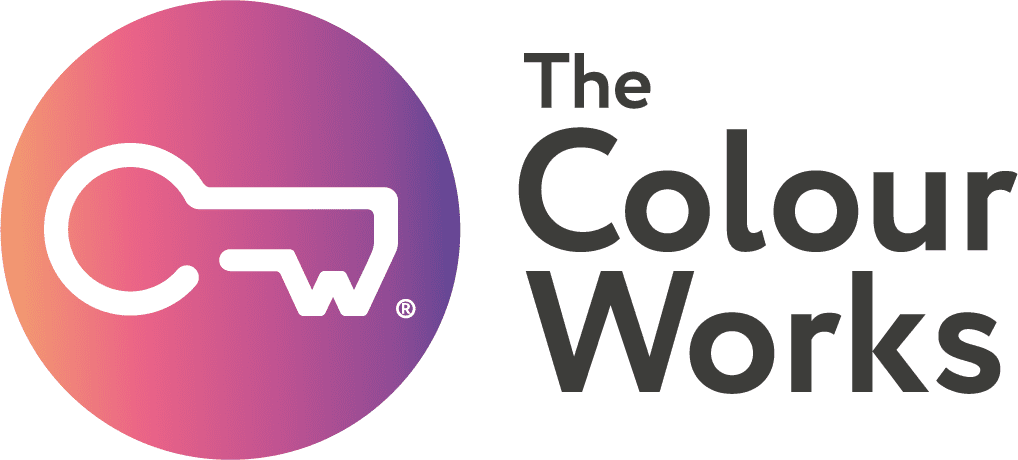We recently hosted a free webinar for people to experience the power of Insights Discovery. We welcomed delegates from a broad range of sectors and countries, from graduates to board members, but the common thread amongst everyone was that they had heard through the grapevine that there’s something very special about Insights Discovery and the shift in awareness it can create.
We regularly run free taster webinars for beginners, but find they are often attended by people that are keen to revisit the basics and refresh their understanding of how the behaviours come to life through the colour energies. In fact, many say it’s almost better the second time around as you have time to fully appreciate all aspects of the model.
One attendee at the latest webinar, let’s call her Anna, already knew about the Discovery model, having previously commissioned an Insights Discovery workshop in her capacity as a leader in an engineering company. Anna listened patiently before speaking up towards the end to ask, “We’ve done Discovery as a leadership team and it was great, but where does it go after that?”
Now, this is a golden question! It’s one that we are asked regularly by people who have just been introduced to the model. As a seasoned practitioner with a solid belief that no team can ever be completely ‘done’ with Discovery, I resisted the temptation to roll out a million and one options and simply asked Anna to tell me about her experience and the actions her team had agreed.
Anna explained that her senior leadership team had attended an introductory full-day workshop with profiles through another training company. They had discussed Emotional Intelligence, delved deeper into the psychology of behaviour, and were introduced to the colour energies. They then shared pertinent parts of their profile and looked at the strengths and weaknesses of their team through the Insights Discovery team wheel. Anna openly shared that the impact was good, and that the team still talked in colours, although she observed that they may be falling into a lazy way of using a great model, with comments like, “Oh, they do that because they’re a yellow person!” Anna went on to question the deeper sustainability of the process, and the potential of a missed opportunity – her team were initially excited and bought in to the model, but then things moved on and it all seemed to lose traction.
In the right hands, there’s always a benefit to using models like Discovery and people attending events like the one described above. However, in our opinion, the most crucial elements are follow-up and accountability, so the real impact and ROI come from this very question.
If your team has attended an introductory day, here are six quick ways you can reignite the learning and apply Insights Discovery on a practical level.
- Simple self-reflection. Ask every leader to read through their profile again.
- Learn about each other. Ask everyone to save their profiles in a shared space and encourage everyone to read one another’s profiles.
- When one shares, two learn. Encourage each leader to share one thing that jumps out at them from their profile now some time has passed.
- Move individual learning back into a team setting. Show your team their team wheel before the next meeting and discuss strengths weaknesses and possible blind spots.
- Encourage self-management and behavioural feedback. When in a team meeting, ask your colleagues to observe each other’s behaviour and share observations at the end.
- Have a one-to-one with your colleagues. Talk through their suggestions for development.
Where do you go after you’ve ‘done’ discovery’?
Self-awareness is the cornerstone of performance and that’s exactly what you achieve through Insights Discovery. Take a look at our Solutions page for a more specific understanding of how we build programmes and take teams on a journey after they’ve ‘done’ Discovery (argh, there it is again… pesky language!)
After an introductory workshop with Discovery, there’s so much more you can do. Take a look at our Getting the Most Out Of Your Profile page which breaks down each chapter and gives you actions on how to coach yourself through the narrative.
So, back to Anna’s team… Although some time had passed, the Insights Discovery model is sufficiently memorable that they wouldn’t need to revisit the original narrative in any detail. To avoid repetition, I suggested one option would be to bring the learning back to life through a more specific leadership-orientated profile built upon the same strong foundations of Discovery.
The Insights Discovery Transformational Leadership Profile
Now, we love Insights, but really – it’s not exactly a snappy title for such an insightful leadership tool, and it certainly doesn’t do the content and impact justice, so let’s just refer to it as the IDTL for now!
The IDTL is built on the premise that great leadership comes from all four colour energies, and our success as a leader is based on self-awareness and our ability to flex our style.
Here are some facts about the IDTL:
- The IDTL moves the narrative from general behaviour to four leadership manifestations
- It describes the recipient when leading self, team, and organisation
- It brings the recipient’s conscious, less conscious and preference flow to life in a leadership setting
- The IDTL gives an overview of the recipient’s strengths, challenges, and recommendations in all eight dimensions of outstanding leadership

IDTL shifts us away from ‘our dominant style’ to how we flex our styles across the dimensions.
For instance, you may wish to reflect on these concepts in relation to your own preferences.
If you’re a leader who doesn’t use much red energy, it’s possible you’ll:
- Lack focus and direction
- Be reluctant to make decisions
- Be slow to take action
- Show little in the way of initiative or drive
Or, if you don’t lean into yellow energy, you might:
- Prefer to work independently rather than getting involved in team activities
- Appear to be overly task-focused
- Not engage with others in making decisions
- Be overly rigid and lack the flexibility to change course when needed
By not connecting with your inner green energy, you might:
- Find it difficult to be empathetic or considerate and to respect others’ choices
- Neglect the personal and subjective consequences of decisions
- Be too focused on the immediate issues
- Lack consideration of the wider context
But not bringing your cool blue energy to the surface may leave you:
- Disorganized and unstructured
- Making decisions without considering the consequences
- Taking actions without remembering to record them
- Making assessments based solely on the big picture
The IDTL is jam-packed full of thought-provoking insights and could be used as a learner-led model, as long as the leader is self-motivated to develop their behaviour, which, if we’re honest, is challenging at the best of times. Personally, I would always use this profile in either one-to-one coaching or a workshop environment. The advantages of using this in a workshop environment are manifold – taking time out as a team for peer coaching and making visible commitments will all add to the magic ingredient of any high-performing team – greater TRUST.
The information in the IDTL profiles could offer a leader a lifetime of learning but eventually, those infamous words will appear… BUT WHAT NEXT? This again will be unique to your team and their needs, but when developing leadership, seeking the opinions, perceptions, and recommendations of others is essential. No matter how you go about it – our leaders need to expand their awareness of self to how others see them when leading, and that’s all about acquiring feedback.
If you have experienced Discovery or built a new team, or you are going through changes and need to reignite your team development, give us a call. Whatever your situation we would be delighted to make recommendations and support your development.
If you would like to see a sample of the Insights Discovery Transformational Leadership profile, drop us a note below.







